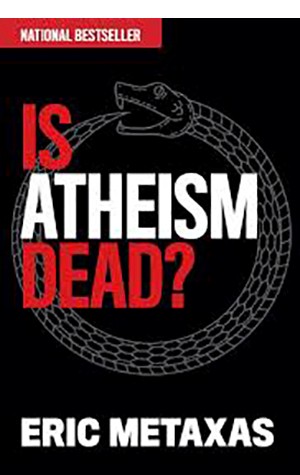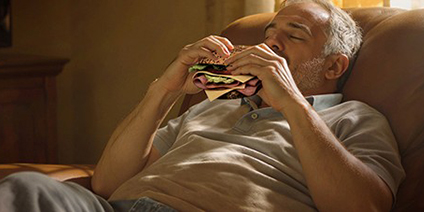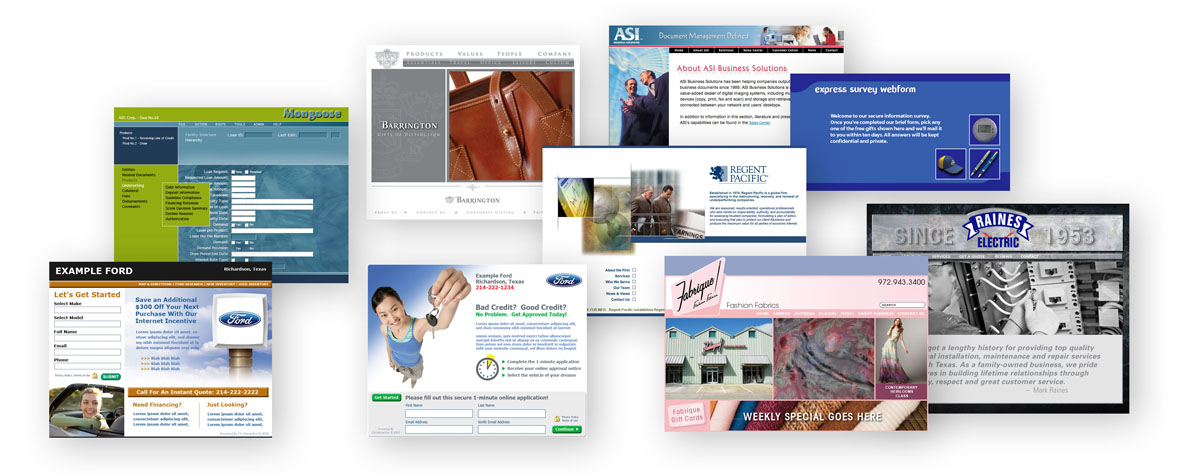Craftsmanship

Craftsmanship
Sometime around the third or fourth grade, I was home alone before my parents returned from their jobs and I was doing what a ten-year-old was supposed to do in that situation. I was snooping through my father’s home office to see what things of interest he might be hiding from me. Among the items that caught my attention was a really cool wooden cube about five inches across.
At dinner that evening, I casually mentioned to my dad that I’d been passing by his office and noticed the small wooden sculpture. He beamed with pride and said it was, in fact, a wooden puzzle that a friend had brought back from Japan. After dinner, he took it off the shelf and let me handle it (for the second time that day).
My dad pushed on one of the small square pegs and it began to emerge from the other side of the cube, along with a larger piece, seemingly attached to the peg. When I urged my dad to disassemble the whole puzzle, he declined, saying he wasn’t sure he could get it back together since he’d only had it apart once or twice — something I now suspect may have been a little white lie.
After a few more minutes of admiring this miniature work of art, my dad placed it safely back on the shelf and said something to the effect that, “I should never play with it”. What I heard was that “I should never get caught playing with it,” and more precisely that taking it apart and getting it back together without my parents ever knowing would be an indicator of my superiority over them. The game was on. Don’t even pretend you never thought that way as a kid.
That puzzle was constantly on my mind, and almost daily, I found an opportunity to sneak into my dad’s office and study it more closely, always being careful to place it back precisely in the dust-free spot where I’d found it — a trick I learned from watching an old Spencer Tracy movie. After a few weeks of building up my nerve, I skipped my after-school routine and came directly home. I had a full two-hour window before by parents arrived. That should be plenty of time to conquer some Japanese trinket.
I immediately found the infamous key-peg and slipped it out. Once out of the puzzle, the piece that was seemingly attached to it fell loose while the puzzle remained otherwise intact. But I was a quick study and realized that once the key was out, yet another piece could slide out of place. When I slid the other culprit slightly to the side, the entire puzzle crumbled in front of me too quickly for me to study how each piece fit. I was left with a pile of oddly shaped wooden pieces and less than two hours to re-assemble this complex maze.
Those were the most frantic two hours of my life. Nothing worked. In the end, I left the pile of pieces on my dad’s desk and prepared myself for the worst. At dinner, he asked if there was something I wanted to discuss. My apology didn’t seem to cover my sins.
After dinner, my dad and I went into his office, and he sorted out all the puzzle pieces. I was amazed to realize that they were all in matched pairs. Most pairs were exact twins but a few pairs had minor differences. Then, my dad did the meanest thing I ever saw a parent do. He threw all the pieces into a shoe box and handed it to me. “You broke it; you fix it,” he said. And as a lesson about messing with other people’s stuff, he informed me that I would no longer be receiving my allowance until the correctly assembled puzzle was back in its place on his shelf.
There was no Internet in those days so I had to do it the hard way — without YouTube instructions. It took three weeks of tedious toil and mistakes on my part, along with only the vaguest hints of help from my father before I finally figured it out. It also ended up costing me $1.05 in sacred allowance money.
When my dad died in 1979, I wasted no time removing the puzzle from his office before any of my siblings got around to it. Today, that puzzle sits on my office shelf. It’s a bit worse for wear because I’ve taken it apart and re-assembled it at least 100 times in the last 46 years.
Lessons Learned
I didn’t just learn about the importance of boundaries from my father’s puzzle lesson, although I did take that lesson to heart. When I look at that puzzle and think about how tightly and perfectly it fits together, I marvel that someone took the time to hand-cut each of those pieces. I also wonder how they ever came up with a scheme to make each individual piece fit perfectly into its intended position and complement every other piece.
When I was a young sheep in the public education system, I was constantly taught that I could not believe in God because of science. During my time in a denominational church, I was taught that science could not be right because it denied the existence of God. Neither of those doctrines was anywhere near correct.
The very fact that science is consistent and repeatable enough to be studied, provides evidence of an intentional, thorough, and experienced designer as opposed to happenstance. Like that exquisitely designed and crafted puzzle, nature as we know it could not exist apart from intelligent design. And every element of nature, including you and I, though individually unique, perfectly complements every other element.
The other side of the coin is equally compelling. If you’ve ever dedicated time to reading more than one book by a single author, you can spot the tell-tell characteristics of their writing without even knowing a new book’s title. So too, the hierarchical similarity of the universal elements — from the precision orbits of electrons to the upscaled orbits of planets with their amazing synchronicity — points to a single author. You might even already know that Author. If so, I hope you enjoy His work because you’re part of it.
 Let’s talk. I’d really like to hear what you have to say, and it might even give me something to write about. Email me at guy@lawsoncomm.com.
Let’s talk. I’d really like to hear what you have to say, and it might even give me something to write about. Email me at guy@lawsoncomm.com.
I’ll buy you coffee and we can compare notes. I promise not to steal your ideas without permission.
![]()
The scientist is possessed by the sense of universal causation. His religious feeling takes the form of a rapturous amazement at the harmony of natural law, which reveals an INTELLIGENCE of such superiority that, compared with it, all the systematic thinking and acting of human beings is an utterly insignificant reflection.
― Albert Einstein, “The World as I See It”

Did someone forward this newsletter to you after reading it themselves? Don’t settle for that!
CLICK HERE
to get a fresh, unused copy of this newsletter sent directly to you every Sunday morning. If you decide it stinks, you can always unsubscribe.
Is Atheism Dead?
— Eric Metaxas

Eric Metaxas’ confidence can be misinterpreted as cockiness but do not let that deter you from reading this incredible book. He’s not a theologian; he’s just a great researcher committed to objectivity. His documentation is second to none and the scientific findings he reveals from the last 25 years will leave you wondering how the mainstream media could have ignored them. You may not come to the same conclusions as Metaxas does but your decision making will be far better informed.
A meeting of great minds who think alike












